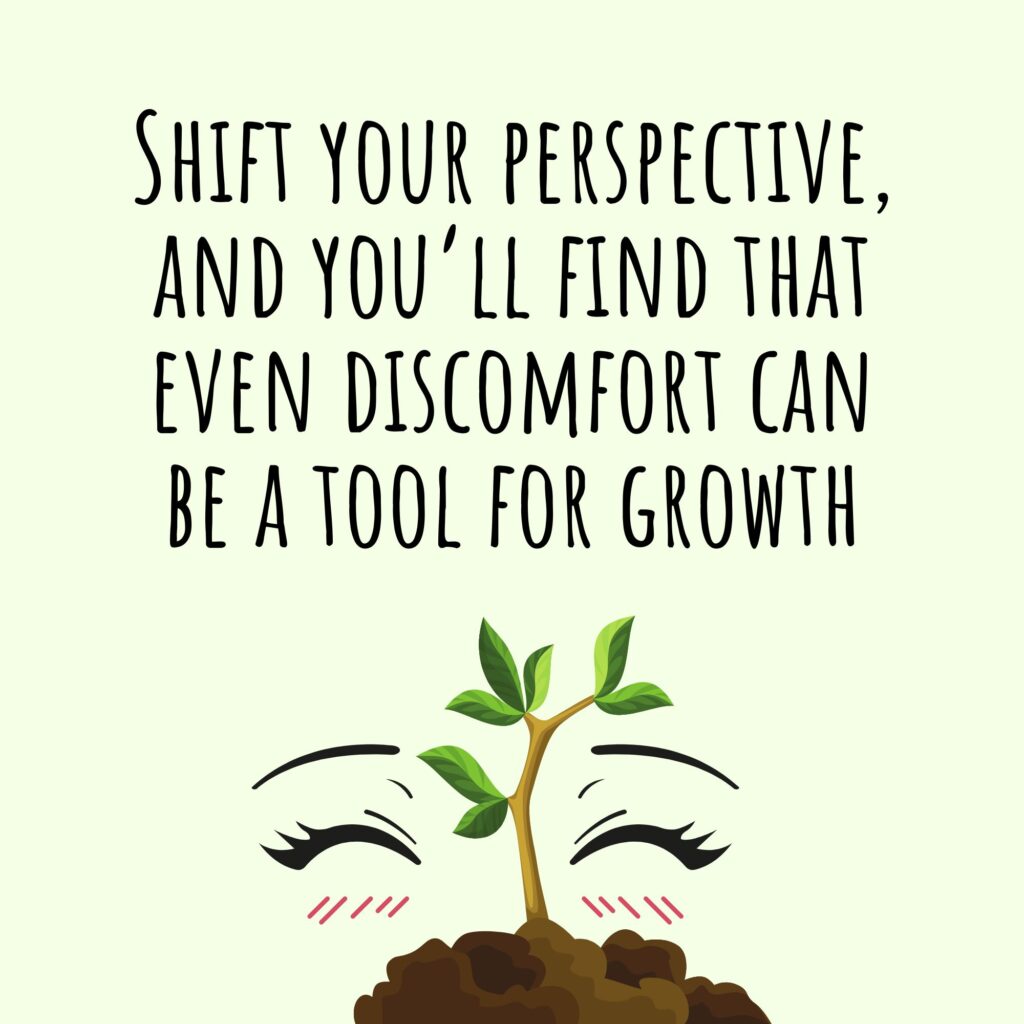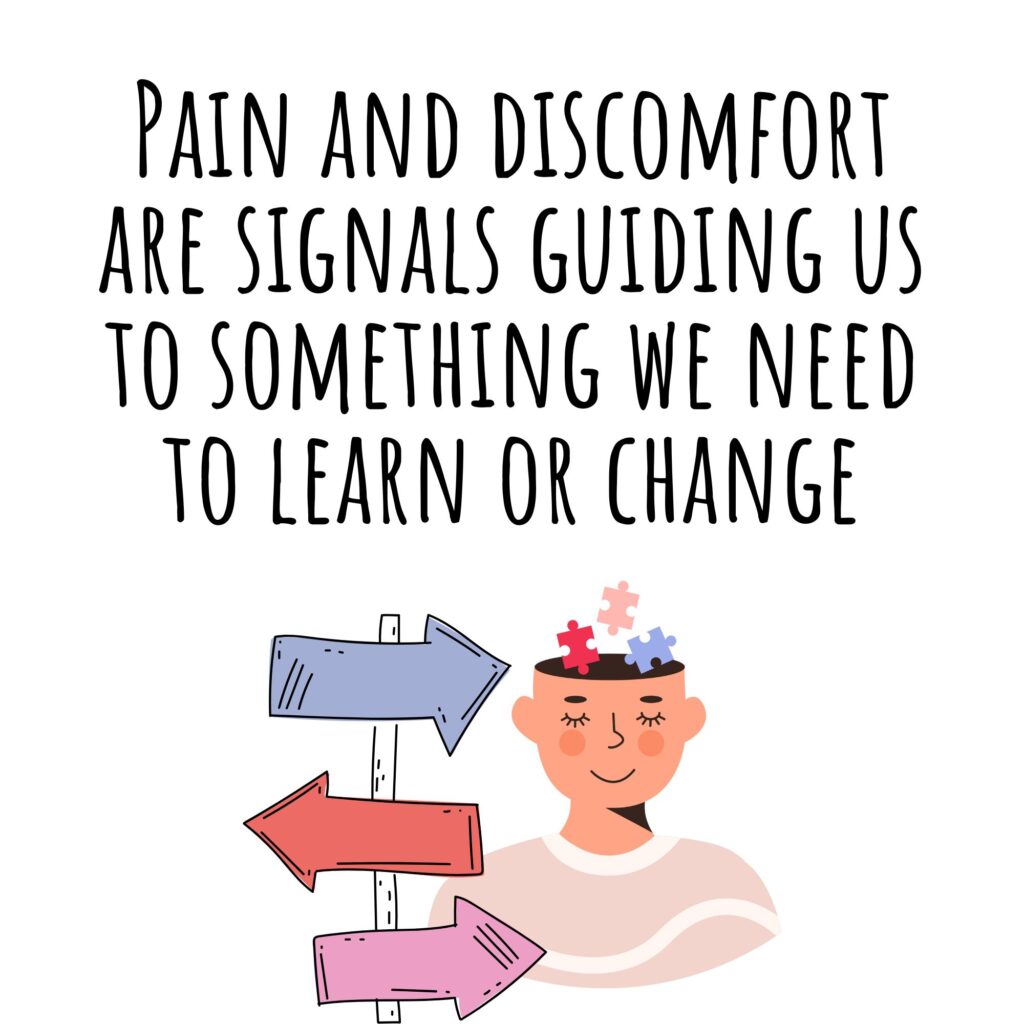Finding Freedom from Pain and Anxiety: Mastering Self-Control Over Emotions and Thoughts

We all know the feeling—anxiety creeping in, tightening in the chest, and making our palms sweat. It often happens when we're thrust into uncomfortable situations, like giving a speech or walking into a room full of strangers. The mind races, and before we know it, our emotions seem to have a life of their own. I’ve been there myself; standing in front of a crowd, appearing calm on the outside but feeling the thunderous pounding of my heart on the inside. For many, this is an all-too-common scenario.
But what if I told you that anxiety and emotional pain, though uncomfortable, serve a valuable purpose? What if these feelings are not our enemies but rather signals that guide us to make adjustments, helping us grow and adapt in meaningful ways? Anxiety and pain often appear overwhelming, but by reframing our understanding of them and by strengthening our minds, we can master self-control over our emotions and build resilience. Here’s how you can embark on a journey to develop emotional strength, find clarity, and experience peace even in the face of adversity.
Understanding Emotions, Thoughts, and the Role of Anxiety
To manage pain and anxiety, it’s essential to understand the nature of emotions and thoughts and their interconnection. Emotions and thoughts form the core of our inner world, and while they often intermingle, they are distinct in how they influence our experience.
Emotions are spontaneous, often instinctive responses that drive us to act. For example, joy, anger, fear, and love are emotions that arise automatically, sometimes even before we consciously recognize the cause. They don’t need intellectual validation to exist; they are experienced as felt responses.
Thoughts, on the other hand, are the product of our intellect and reasoning. They give us the capacity to reflect on our experiences, to reason, and to make choices. Thoughts have a logical structure, and they allow us to interpret and make sense of the world.
Anxiety is rooted in the emotional sphere; it doesn’t rely on logic. It’s our body’s way of signaling to us that something is perceived as a threat—though often, this threat is internal rather than external. So, how do we navigate this emotional storm? The key lies in using our thoughts to steer our emotions, developing an inner resilience that enables us to face pain and anxiety without becoming overwhelmed.
Why Pain and Anxiety Exist: Lessons from Evolution and Experience
To fully understand the purpose of anxiety and emotional pain, we must look at them through the lens of evolution and personal development. Emotions, including anxiety, evolved as mechanisms for survival. They push us to avoid danger and seek safety, much like how an animal responds to threats in its environment.
Historically, emotions like fear and anxiety helped early humans survive by avoiding predators or dangerous situations. While today’s threats are often less immediate, our minds still react to perceived dangers, whether they’re social pressures, financial worries, or uncertainties about the future.
These emotions exist to motivate change or to signal the need for adjustment. For example, if you feel anxiety about a speech, this discomfort can push you to practice more, to prepare better, and ultimately to improve your public speaking skills. Pain and discomfort, similarly, teach us limits and help us learn from mistakes.

How the Mind Shapes Our Emotional Responses: Examples from Daily Life
Imagine a scenario where you’re caught in traffic, running late for an important meeting. Anxiety bubbles up, your thoughts race, and frustration sets in. You might think, "Why does this always happen to me?" This reaction, however, is based on the immediate emotion of frustration rather than on calm reflection.
To handle this situation, you could choose a different perspective: "I can’t control the traffic, but I can use this time to mentally prepare for the meeting." By reframing your thoughts, you create a buffer against stress, choosing thoughts that encourage calmness instead of letting emotions control the narrative. Over time, this shift in perception strengthens your mental resilience.
The Process of Self-Control: Using Thoughts to Influence Emotions
So, how exactly do we use our thoughts to control our emotions? The answer lies in a combination of self-awareness, discipline, and intentional thought patterns.
1. Awareness:
Start by becoming aware of your emotional triggers. What situations, people, or events tend to make you feel anxious or hurt? By identifying these triggers, you can begin to anticipate and manage your responses.
2. Rational Reflection:
Ask yourself, "Is this emotion serving a purpose?" Often, simply questioning an emotional response reduces its intensity. For example, feeling anxious before a job interview is natural, but by reflecting, you may realize that it’s your mind preparing you for a performance. Recognizing this can reduce the sensation of dread and replace it with productive energy.
3. Reframe Negative Thoughts:
When faced with stress, try to reframe negative thoughts. If you’re feeling inadequate or overwhelmed, switch your focus to strengths and past successes. Over time, positive thought patterns become habits, helping you manage difficult emotions more effectively.
4. Practice Gratitude and Positivity:
Reflecting on things you’re grateful for can shift your mental state from negative emotions to positive ones. By doing this consistently, you’ll find that it becomes easier to feel calm and at ease, even during challenging times.
Why We Need Pain and Anxiety to Grow
While many people aim to eliminate pain and anxiety, it’s worth noting that these feelings play a significant role in our growth. Pain often indicates areas that require change, while anxiety can signify challenges that need preparation.
Emotional pain, like physical pain, is a guide. For example, if a relationship causes consistent emotional distress, this pain might encourage you to address unresolved issues or move towards healthier dynamics. Similarly, if you feel anxious about your performance at work, it might push you to improve your skills or seek constructive feedback. In both cases, these emotions are serving as indicators for personal growth.
Imagine if life were free of challenges—there would be little motivation to learn, adapt, or grow. We would remain stagnant, without ever tapping into our potential for resilience or self-improvement.
Steps to Overcome Pain and Anxiety Through Self-Control
1. Focus on Inner Growth:
Understand that external circumstances are temporary. By developing inner values such as resilience, patience, and kindness, you cultivate qualities that provide enduring strength.
2. Strengthen Mental Resilience:
Engage in activities that promote mental strength, like mindfulness or meditation. These practices help you observe thoughts without being overwhelmed by them, fostering a sense of calmness and perspective.
3. Take Responsibility for Your Mindset:
Acknowledge that while you cannot always control what happens, you can control how you perceive and respond to situations. Practice daily affirmations or journaling to build a mindset oriented toward growth.
4. Embrace Pain as Part of the Process:
Rather than fearing or avoiding pain, view it as a teacher. Reflect on the lessons it offers and how it can help you build strength, patience, or compassion.
Conclusion: The Path to Freedom
In the end, pain and anxiety are not enemies—they’re part of the human experience and are integral to personal growth. By choosing how you respond to them, you can transform these uncomfortable emotions into valuable learning experiences.
True freedom comes from recognizing that happiness is not about accumulating positive experiences or escaping discomfort. Rather, it’s about building resilience, finding meaning in struggles, and understanding that you have the power to control your inner world. Every challenge, whether painful or stressful, holds a lesson in strength and self-control.
Through self-awareness, thoughtful reflection, and inner growth, you’ll find that anxiety and pain lose their power over you. And with each step, you’ll move closer to a life of calm, resilience, and true peace. Remember, real change starts within.




